- How to access the Metaverse?
- Metaverse definition: What is it? How does it work?
- How to access the Metaverse: Technologies
- The Metaverse today
- The future of the Metaverse
- Brands and new forms of metaverse promotion
- The social dimension of the Metaverse
- Regulation of the Metaverse
- How to access the metaverse : The article in brief
- Article FAQ
Welcome to the future, a virtual world where anything is possible, where the customer experience takes on a whole new dimension. Today in the Waalaxy, we are going to talk about how to access the Metaverse. Don’t know what it is? Don’t know how to get there? We’ll explain it all in this guide 👇.
Hold on tight because we’re going to look at:
- ➡️How to access the metaverse.
- ➡️ Its brief definition.
- ➡️ The technologies used.
- ➡️ What it is today.
- ➡️ What we expect from the Metaverse tomorrow.
- ➡️ Brands with Metavers.
- ➡️ The social dimension of the Metaverse.
- ➡️ Metaverse regulations.
How to access the Metaverse?
That’s the question on everyone’s mind, yet I assure you you don’t have to receive a letter from Hogwarts 🦉 to access it.
Access is mainly via virtual platforms and specific applications. Here are some of the most common methods of access:
- Video games and virtual world: Some virtual games such as Second Life, Fortnite, Minecraft offer Metaverse elements where users can interact with other players.

- Virtual reality: Virtual reality headsets enable users to immerse themselves in immersive virtual environments and enjoy more realistic experiences in the Metaverse. You can use VRchat or AltspaceVR, which are virtual reality social spaces.
- Augmented reality: Augmented reality applications like Pokémon Go and Snapchat let you superimpose virtual elements on the real world, creating a Metaverse experience.
- Online social platforms like Facebook Horizon, Decentraland and High Fidelity are designed specifically to create virtual social spaces where users can connect and share experiences.
- Blockchain-based virtual universes: Projects based on blockchain technology, such as CryptoVoxels and Somnium Space, enable users to own plots of virtual land and build personalized experiences in decentralized virtual universes.
Such access varies according to platform. With the continuing development of technology and the growing adoption of the Metaverse concept, new access opportunities are likely to emerge in the future.
Metaverse definition: What is it? How does it work?
Rest assured, you don’t need a degree in the 🧪 virtual sciences to understand what it is. The Metaverse refers to an emerging concept that describes an online digital space. Users can interact with a three-dimensional virtual environment with other users in real time.
It’s an immersive extension of today’s Internet, offering a more interactive and immersive experience.
In the Metaverse, users can create personalized avatars that represent them in this virtual space. They can explore virtual worlds, interact with virtual objects and elements, and socialize with other users. They can also take part in recreational, educational or professional activities, and even carry out economic transactions 💸.

The Metaverse is based on technologies such as:
- ✨ Virtual reality.
- 🪄 Augmented reality.
- 🤖Artificial intelligence.
- 🔗 Blockchain.
The idea of the Metaverse has been popularized by works of science fiction and video game 📱. On the other hand, it is also attracting growing interest in the real world. Many companies and industries are exploring the opportunities offered by the development of the Metaverse.
The history of the Metaverse concept
The concept of the Metaverse dates back to the 90s, when it was first introduced in Neal Stephenson’s science fiction novel “Snow Crash”, published in 1992.
In the book, the Metaverse is depicted as a shared virtual world where users can interact and socialize using avatars.
“Snow Crash” popularized the term and contributed to the emergence of the idea of the Metaverse as a cultural concept. It influenced many thinkers, designers and technology developers, who began to explore the possibility of creating a similar interactive virtual space in the real world.
Over the years, the concept of the Metaverse has continued to develop and evolve, particularly with the advancement of digital technologies. Massively multiplayer games (also known as MMOs) such as“Second Life” have pioneered the creation of shared virtual environments where users can socialize, explore and create content.
However, the concept of the Metaverse has gained even more attention recently with the emergence of virtual and augmented reality. But that’s not all, since there’s also a growing interest in cryptocurrencies 💰 and blockchain technologies. These technological advances are investing in the development of the Metaverse.
That’s right, the Metaverse concept is 30 years old! Makes us feel a little old, doesn’t it 🧙♂️?
How to access the Metaverse: Technologies
The development of the Metaverse is based on a number of technologies, which we’re going to talk about right now. These technologies enable the creation of immersive, interactive virtual environments. Let’s get to it? Here are the key technologies associated with this term:
- Virtual Reality (VR): Mentioned earlier in this article, VR allows users to immerse themselves in virtual worlds using specific headsets and peripherals. It creates an immersive experience by simulating physical presence in a virtual environment. Meta Quest (formerly Oculus) springs to mind.
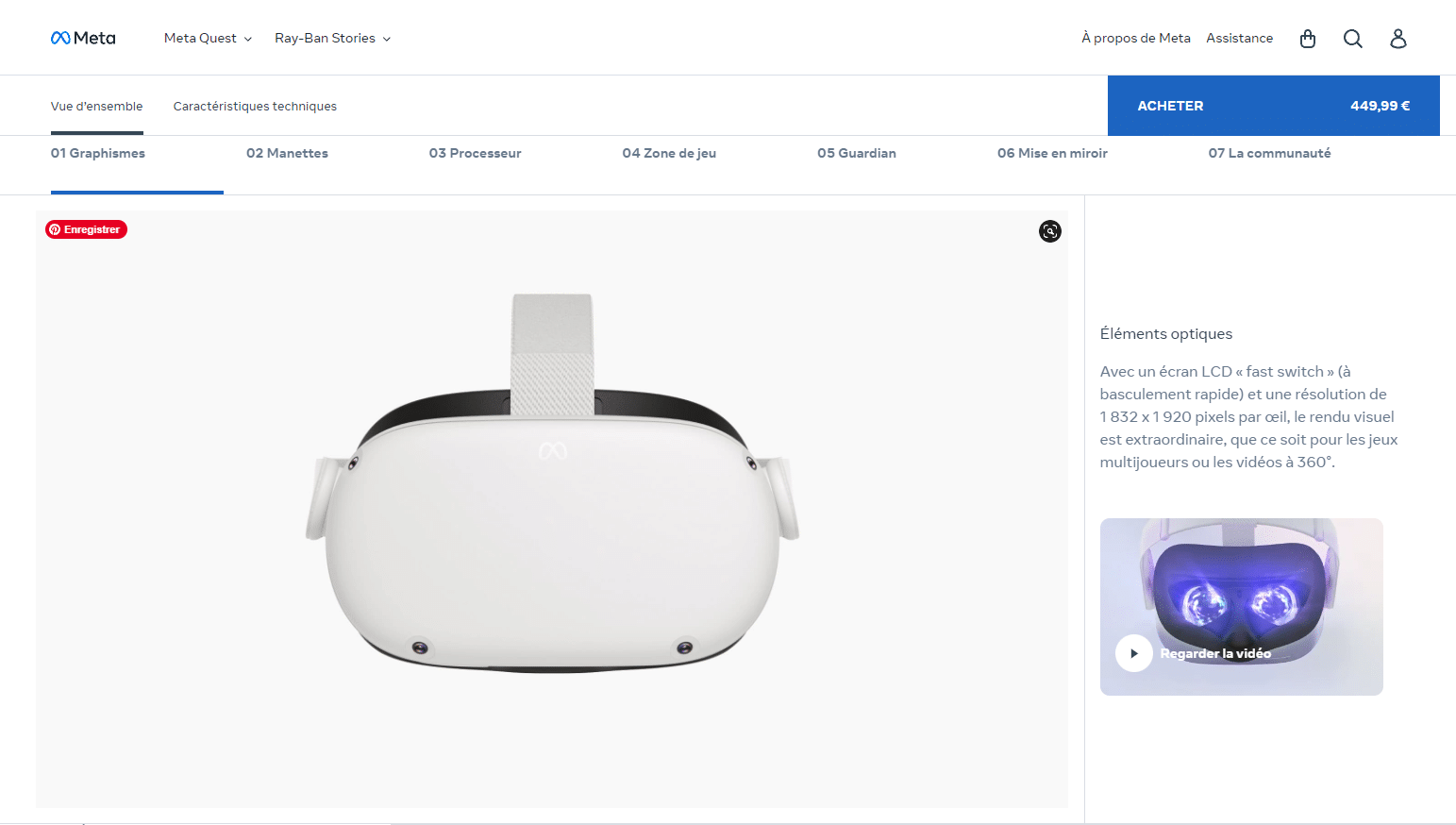
- Augmented reality: AR superimposes virtual elements on the real world, usually using devices such as smartphones or special glasses.
- Blockchain and cryptocurrencies 💸: Blockchain is a distributed ledger technology. It plays an important role in the Metaverse by enabling secure and transparent transactions. It enables the exchange of digital assets. Cryptocurrencies, such as blockchain-based NFTs, can be used to represent unique virtual objects, virtual land and other digital assets in the Metaverse.
- Artificial intelligence: AI is used in the Metaverse to create intelligent virtual characters, as well as to generate dynamic and adaptive content. Midjourney and ChatGPT are just two examples.
- Cloud ☁️ Computing: This metaverse requires massive computing resources to host virtual worlds, manage real-time interactions and store user data.
- Internet of Things (IoT): IoT can be integrated into the metaverse to connect real-world objects to the virtual world.
As you’d expect, these technologies are constantly evolving to keep pace with digital change.
The Metaverse today
The Metaverse is a fast-growing concept that is attracting a great deal of 🔥 interest. It refers to an interactive virtual space where users can explore, socialize and interact in real time.
With the advancement of real-world technologies we mentioned earlier, the Metaverse offers new opportunities in areas such as:
- Video games 📱.
- Media.
- Education 📖.
- E-commerce.
- Etc…
It represents a promising vision of the digital future.
Current examples of Metaverse
To give you an idea, we’ve decided to put together a short list of practical examples in various fields:
- Decentraland: This is a Metaverse platform based on the Ethereum blockchain. It allows users to buy 💰, own and explore virtual land, build structures, socialize with other users and participate in economic and cultural activities.
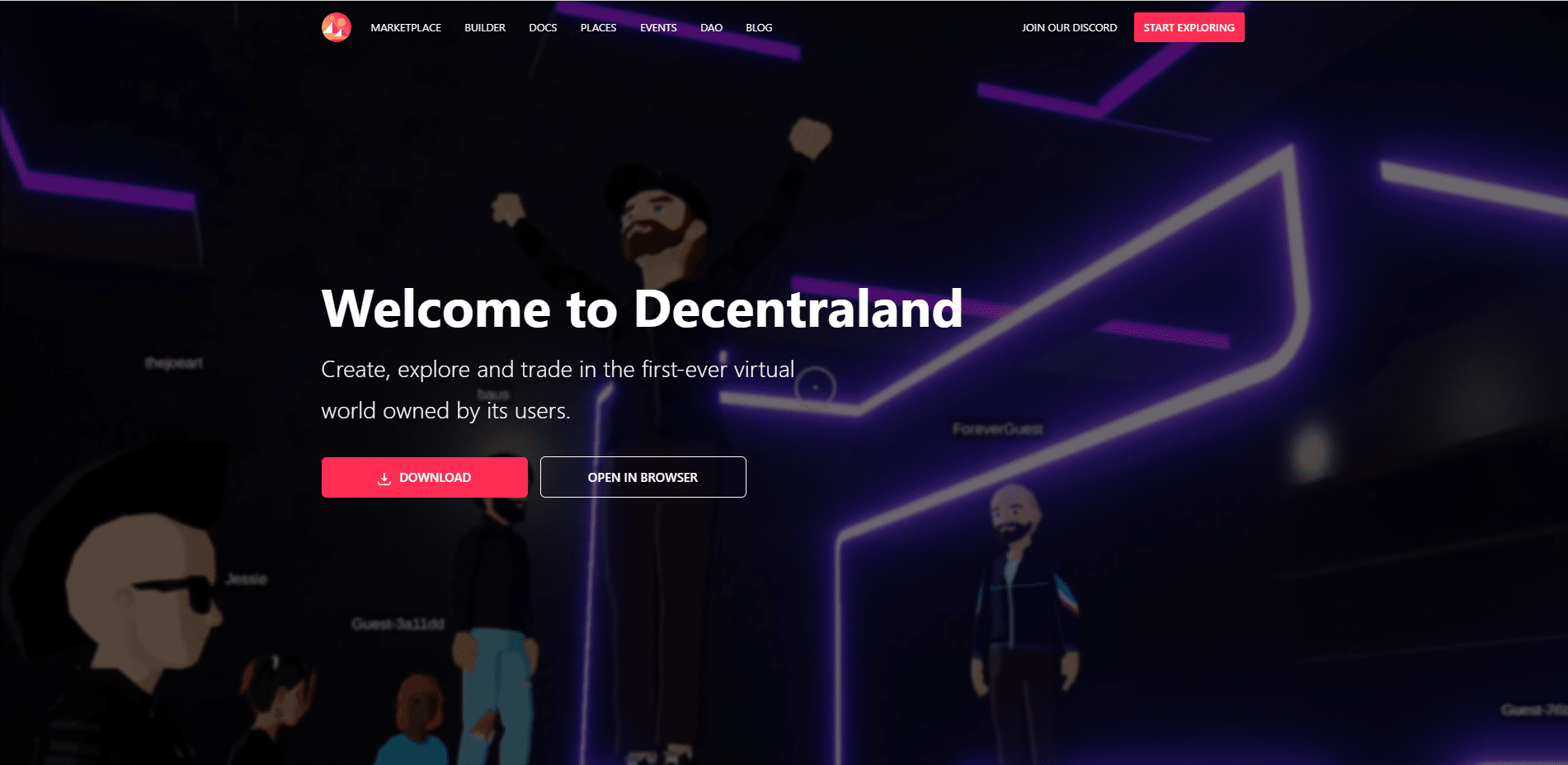
- Fortnite: You know it well, it’s a video game, but Fortnite has also evolved into a Metaverse space. In fact, the brand has teamed up with Timberland to discover the Timberland design and creation process. Pretty amazing!

- Facebook Horizon Workrooms: This initiative aims to create a collaborative virtual work environment. Users can meet in virtual reality, chat, share files and collaborate on projects.

The case of Ikea and Amazon
Among the examples, there are two big giants we’d like to take a look at: Ikea and Amazon. Did you know that both of these major groups use the Metaverse? Maybe you’ve even used it yourself!
In the case of Amazon, the American giant launched into AR view in 2017 👀. Are you wondering what it is? Well, it’s quite simple, it allows you to view products on you or on rooms in your home. For what it is to place elements in a room, you need to have the app on your smartphone 👇.
In partnership with L’Oréal, users could try on make-up directly on their faces. You know what it created? Conversion 💰.
A winning bet, since using augmented reality can increase your conversion rate by 30%.
Ikea is also using this technology so you can put your Malm in your bedroom or any other room.
How to access the metaverse : Industries adopting Metaverse
This concept is attracting the attention of many industries. They’re looking to exploit its possibilities to improve user experiences and create new business opportunities. Let’s take a look at some of the industries that have taken advantage of the Metaverse.
- Video games: It seems rather obvious, but this is one of the first industries to adopt the Metaverse concept. MMOs such as World Of Warcraft, Fortnite or Roblox already offer these Metaverse elements. They allow players to socialize, explore worlds and take part in collaborative activities.
- Media and entertainment 📺: These industries are exploring the opportunities of the Metaverse to offer more immersive experiences. We’re talking virtual concerts, live events, interactive films and TV shows.
- Education: Virtual learning platforms are being developed that enable students to collaborate, manipulate virtual objects and interact with teachers.
- E-commerce: Online retailers are exploring the Metaverse to create more engaging virtual shopping experiences. Users can now explore virtual stores, try out products in augmented reality and make purchases using cryptocurrencies 💰.
- Real estate: real estate creates interactive virtual tours allowing potential buyers to explore and visualize properties before they’re even built.
- Health 💉 and wellness: Virtual consultations and virtual therapeutic environments are now available for the treatment of various conditions.
The benefits and challenges of the Metaverse
Keep in mind that like anything else, you’re going to have advantages and disadvantages. What remains to be seen is whether it’s worth taking a chance on the Metaverse or not.
- 🟢 Immersive experience: you can immerse yourself in an engaging, interactive environment, whether for games, social activities, training or other applications.
- 🟢 Social interaction: the metaverse promotes social interaction by enabling users to connect, collaborate and socialize with people from all over the world. This opens up new possibilities for virtual meetings, teamwork, community learning…
- 🟢 Exploration and creativity: You can explore and create content. You can design objects and build worlds.
- 🟢 New business opportunities: The metaverse creates new economic opportunities, particularly in e-commerce, advertising and virtual real estate….
- 🔴 Accessibility: It’s important to bear in mind that the Metaverse must be inclusive. It is essential to guarantee its accessibility to all. This includes taking into account the needs of people with disabilities, providing access to the necessary equipment and technologies, and bridging the digital divide to enable equitable participation.
- 🔴 Data protection and privacy: The Metaverse requires the collection and sharing of personal data to deliver personalized experiences. It is therefore crucial to implement robust security measures to protect user data and guarantee privacy.
- 🔴 Technological barriers: It requires advanced technologies. It is therefore essential to overcome technological barriers, particularly in terms of cost, compatibility and performance, to enable wider adoption.
- 🔴 Governance and regulation: the Metaverse raises complex governance, regulatory and liability issues. Clear legal and ethical frameworks need to be established to address issues such as virtual asset ownership, content moderation, user rights and security issues (we’ll talk about these a little later in this article elsewhere).
The future of the Metaverse
There’s no doubt that the future of the Metaverse looks bright, with technological advances opening up new possibilities for virtual interaction. Immersive experiences, real-time global 🤝 collaboration, digital commerce and personalization will be key.
It will become an integrated and dynamic environment, influencing the way we work, socialize and explore the digital world.
Predictions and projections for the Metaverse
Inevitably, this new phenomenon (30 years old, but you get the idea), gives rise to many predictions and projections as to its future evolution.
Experts believe that the Metaverse could transform the way we interact with technology, offering more immersive virtual experiences. Increased integration of augmented reality, AI and blockchain is expected to create more realistic and dynamic worlds.
The Metaverse will become a ubiquitous virtual space where users can access a multitude of experiences, services and content from different devices. The Metaverse is also expected to give rise to a thriving virtual 💰 economy. Digital assets such as blockchain-based non-fungible tokens (NFTs) will play a crucial role in the ownership, trading and monetization of virtual objects.
These predictions underline the transformative potential of the Metaverse. It will influence:
- The way we live.
- The way we work.
- The way we entertain.
Of course, technological progress will have to keep pace.
Brands and new forms of metaverse promotion
The growing importance of the metaverse for brands and their engagement with consumers is a phenomenon that reflects the 📈 rapid evolution of the digital landscape. But it also reflects consumer behaviors.
As you know, the Metaverse offers brands the opportunity to create immersive digital experiences that go beyond the boundaries of the physical world. Users can interact with products and services. This enables brands to stand out in a unique way.
But that’s not all! In fact, the metaverse offers audience expansion potential for brands. Metaverse platforms attract large numbers of users looking to explore and interact with a variety of content and brands. They can also reach new audiences.
The Metaverse is also a space conducive to creativity and innovation for brands. It offers the opportunity to push back the boundaries of storytelling and user experience by combining virtual and real elements in innovative ways. Storytelling takes on a new form.
Let’s talk about brands for a better understanding
Metaverse Marketing : brand examples
We couldn’t explain without showing you a few examples. Here we go 👇!
Nike
Take Nike, for example. It has teamed up with Roblox to create a virtual space called “Nikeland”.
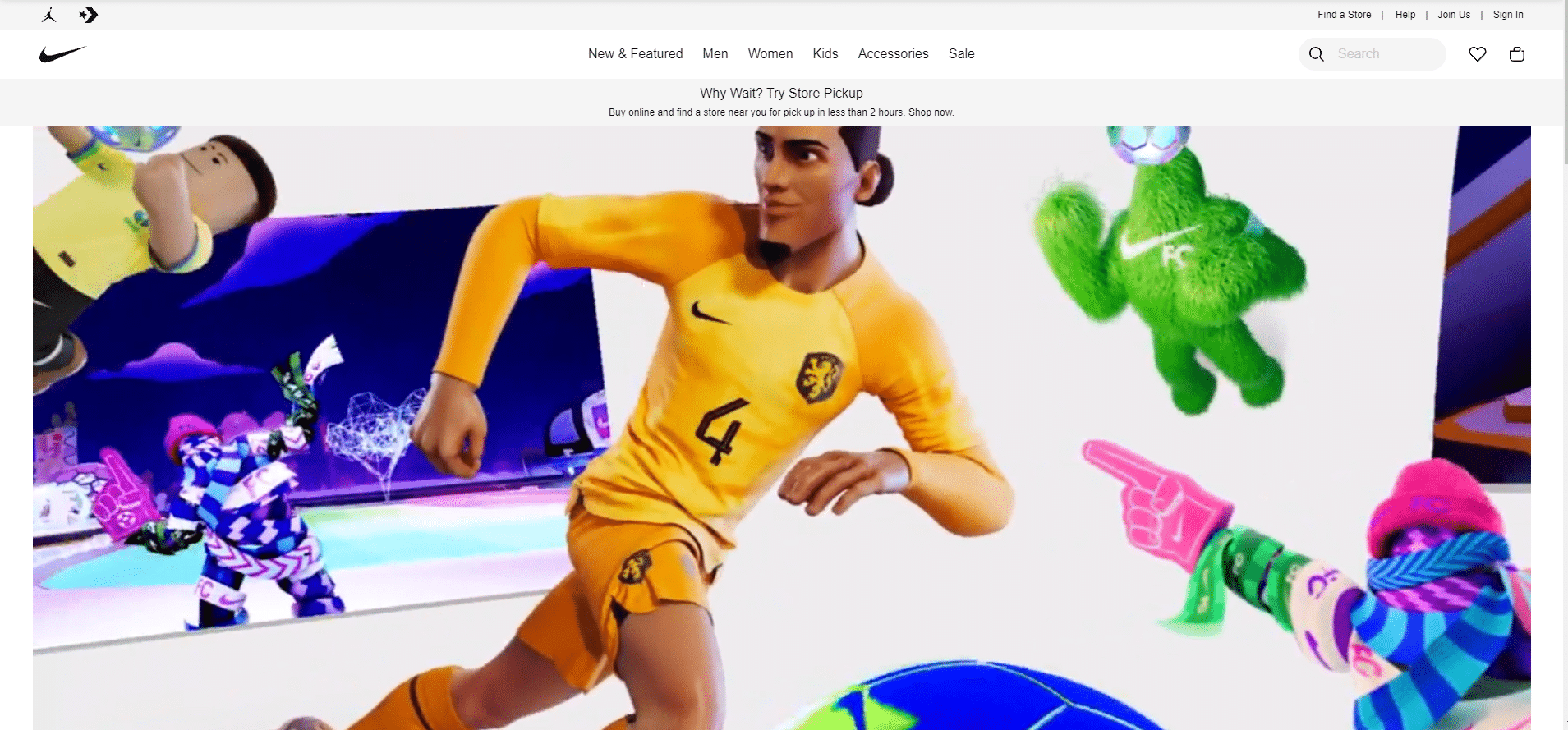
This platform has been created so that players can buy digitized Nike products (yes, you can buy shoes and clothes! 🤯 ) but also discover more about the brand.
It works because, in addition to promoting these products, it promotes its philosophy.
Facebook metaverse
As you probably know, Facebook is no longer called Facebook but Meta. Are you making the connection? Then you’ve got it right. Facebook’s aim is to bring the future to the fore.
Mark Zuckerberg, its founder, has placed the Metaverse at the heart of his development strategy. As we mentioned earlier in this article, Meta has launched Horizon Workrooms.
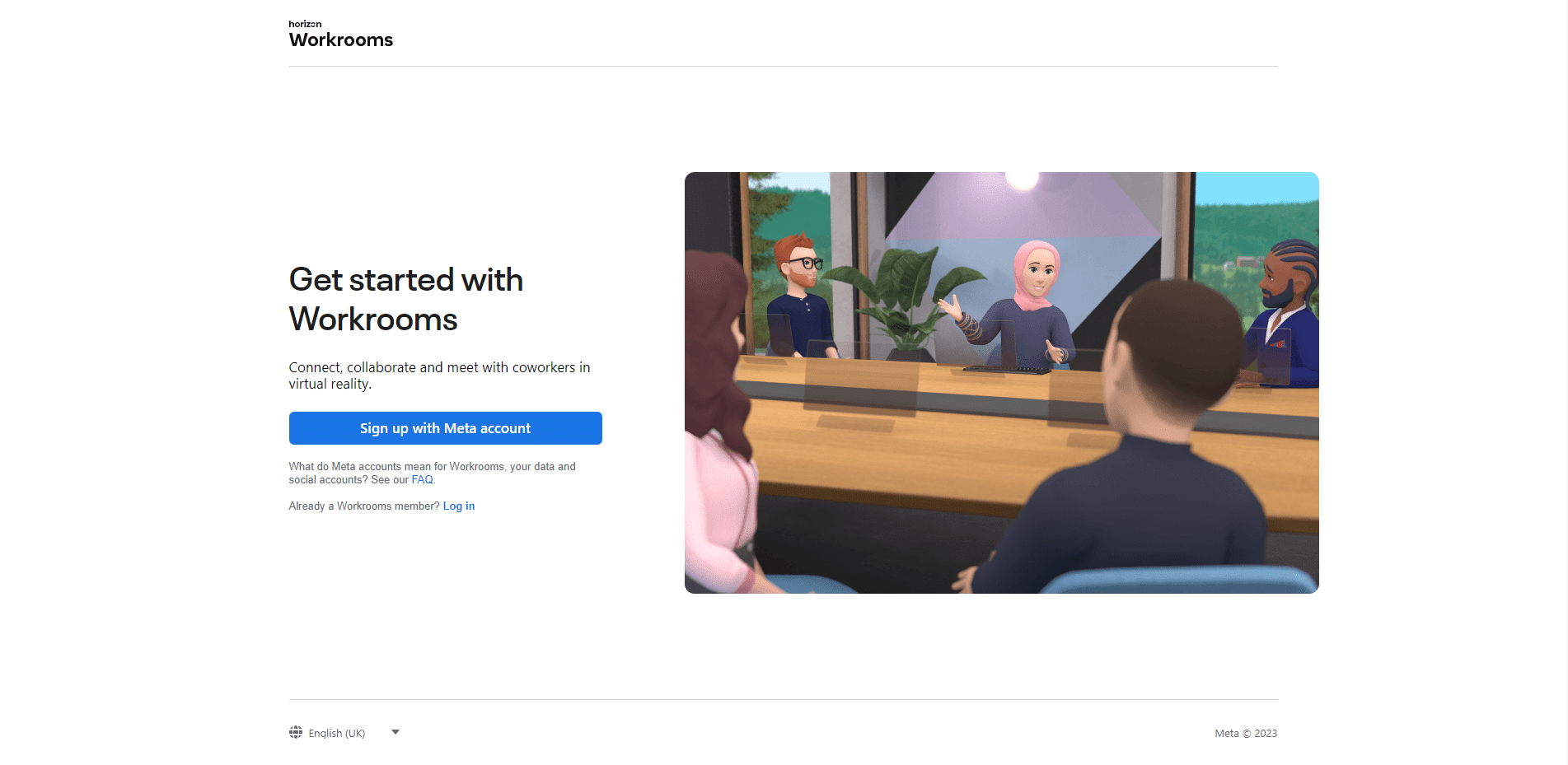
It’s a virtual space where you can communicate with your teams.
Gucci metavers
That’s right, even luxury brands are getting into the metaverse. Here, we’re talking about Gucci Town, a space where customers (and the curious) can discover the brand through this virtual world.
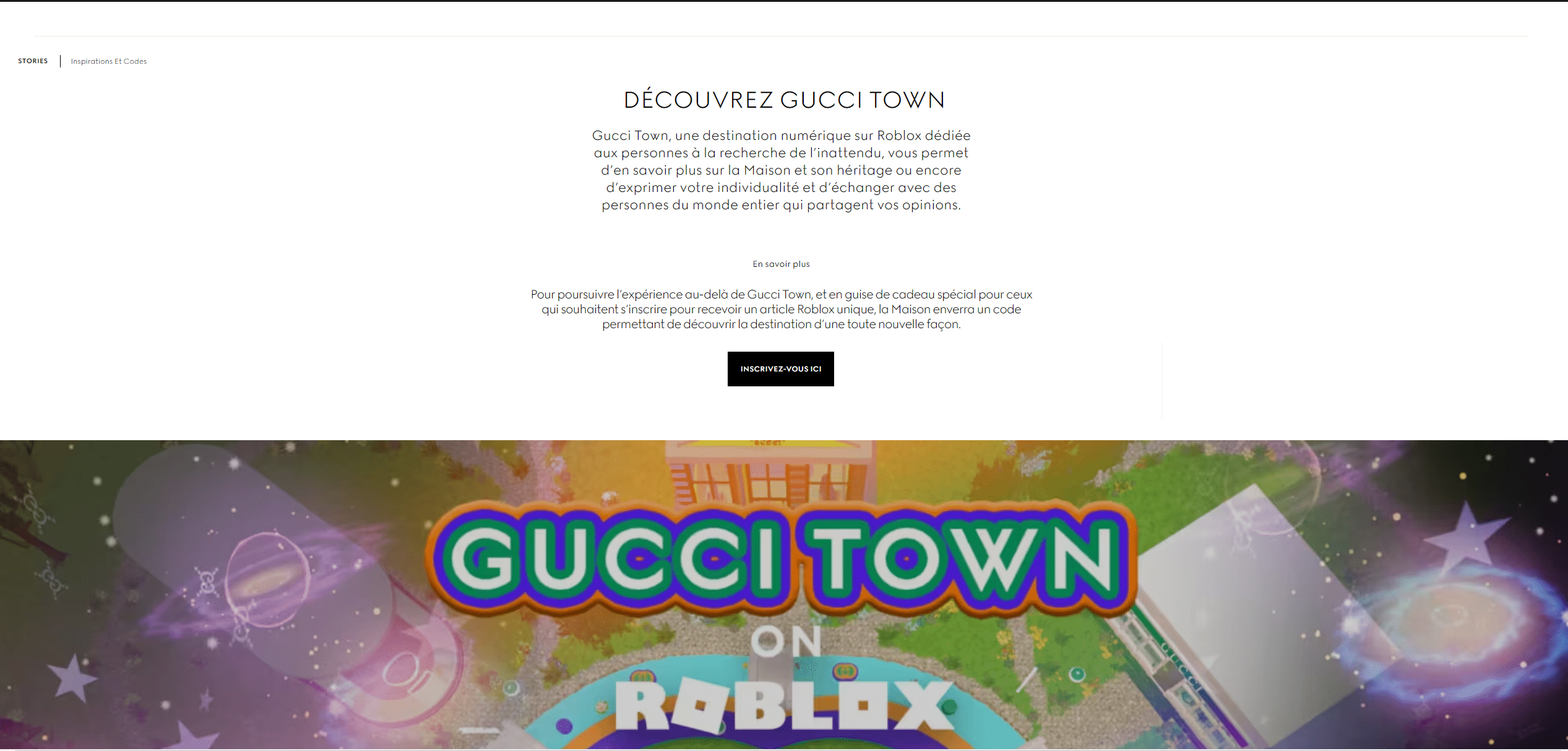
Like Nike, visitors can take part in events created by the brand, learn about the brand’s history and, as you might expect, buy digital objects.
Coca-Cola
The sparkling beverage brand has also invested in the Metaverse. In fact, it has released a drink called “Zero Sugar Byte” with a “pixel” taste. As you can imagine, everyone wanted to try it. The brand has also teamed up with Fortnite to create Coke Byte Island.

Here, you can interact and play with other players. A powerful marketing coup.
The social dimension of the Metaverse
We’re about to get to the heart of the Metaverse. Follow us, this is the place to be 👇.
The social dimension of the Metaverse is one of its most captivating aspects. It enables the creation of virtual communities and encourages the formation of social bonds, even at a distance.
Virtual communities
As mentioned earlier in this article, virtual communities are created under the yoke of the Metaverse. This social dimension takes the form of :
- Meeting and interacting: It allows individuals to meet, interact 👄 with other users from all over the world. They can start conversations. And they can also share common interests.
- New forms of socialization 💓: Virtual communities offer new forms of socialization. Users can express their virtual identity, make friends, join groups or guilds.
- Global collaboration: users can work together on projects, share ideas 🧠 and solve problems, regardless of their geographical location. This encourages diversity and cultural exchange, enriching social relationships.
Creating social links
But the Metaverse also encourages the creation of social links. It enables :
- 🔥 Shared experiences: Metaverse virtual communities offer the possibility of shared experiences. Whether taking part in games, watching live events or exploring virtual worlds. Users can connect emotionally and create shared memories.
- 👓 Accessibility and inclusion: It offers an inclusive space where people from all walks of life can come together without physical or geographical barriers. It also enables people with disabilities to participate and engage fully in virtual social interactions.
These two aspects of the Metaverse’s dimension underline its potential for creating dynamic virtual communities and fostering social ties. It offers unique opportunities for interaction and socialization through shared experiences and increased accessibility.
Regulation of the Metaverse
Regulating the Metaverse raises legal and ethical challenges. Ownership of virtual assets, data protection, content moderation and legal liability are key issues.
Efforts to establish appropriate regulatory frameworks are essential to ensure a Metaverse that is safe, fair and respectful of users’ rights.
Ownership of virtual assets
In the Metaverse, users can own virtual assets such as land, digital objects and artistic creations.
It is crucial to define ownership rights, transfer mechanisms and governance rules to ensure adequate legal protection and prevent disputes.
Data protection and privacy
The Metaverse requires the collection, storage and sharing of personal data to deliver personalized experiences. It is essential to establish strict regulations to guarantee data confidentiality. User consent must also be obtained. And, of course, it’s important to prevent abuse of their personal information.
Content moderation
Like any other online space, the Metaverse raises concerns about content moderation. Clear policies need to be established to combat :
- Hate speech 🛑.
- Misinformation ❌.
- Child pornography 🛑.
- Illegal content ❌.
Legal liability
When interactions and transactions take place in the Metaverse, it is important to determine who is responsible. Responsible in the event of harm or infringement of rights. Determining legal liability can be complex. Especially when it comes to misconduct committed through avatars or virtual identities.
Ethical considerations
Of course, there are ethical issues to consider. These include
- Fairness.
- Inclusion.
- Representation and responsible use of technology.
These considerations must be taken into account to avoid discrimination, exclusion and, of course, potential abuse.
To address these legal and ethical implications, appropriate regulatory frameworks need to be developed. They must take into account the unique nature of Metavers.
How to access the metaverse : The article in brief
We’ve come to the end of this article, and here’s what we’ve seen about metavers:
- A brief definition.
- The technologies used.
- What it is today.
- What’s expected of Metaverse tomorrow.
- Brands with the Metaverse.
- The social dimension of the Metaverse.
- Metaverse regulations.

Article FAQ
As you know, we can’t leave each other without talking about a few additional notions that might help you understand the subject.
Who invented the Metaverse ?
Neal Stephenson is the father of the term. The word was coined in 1992 in the novel Snow-Crash.
How do I enter the metaverse ?
You need an Internet connection and a platform offering a virtual reality interface
Now you know everything there is to know about how to access the Metaverse 👽.












